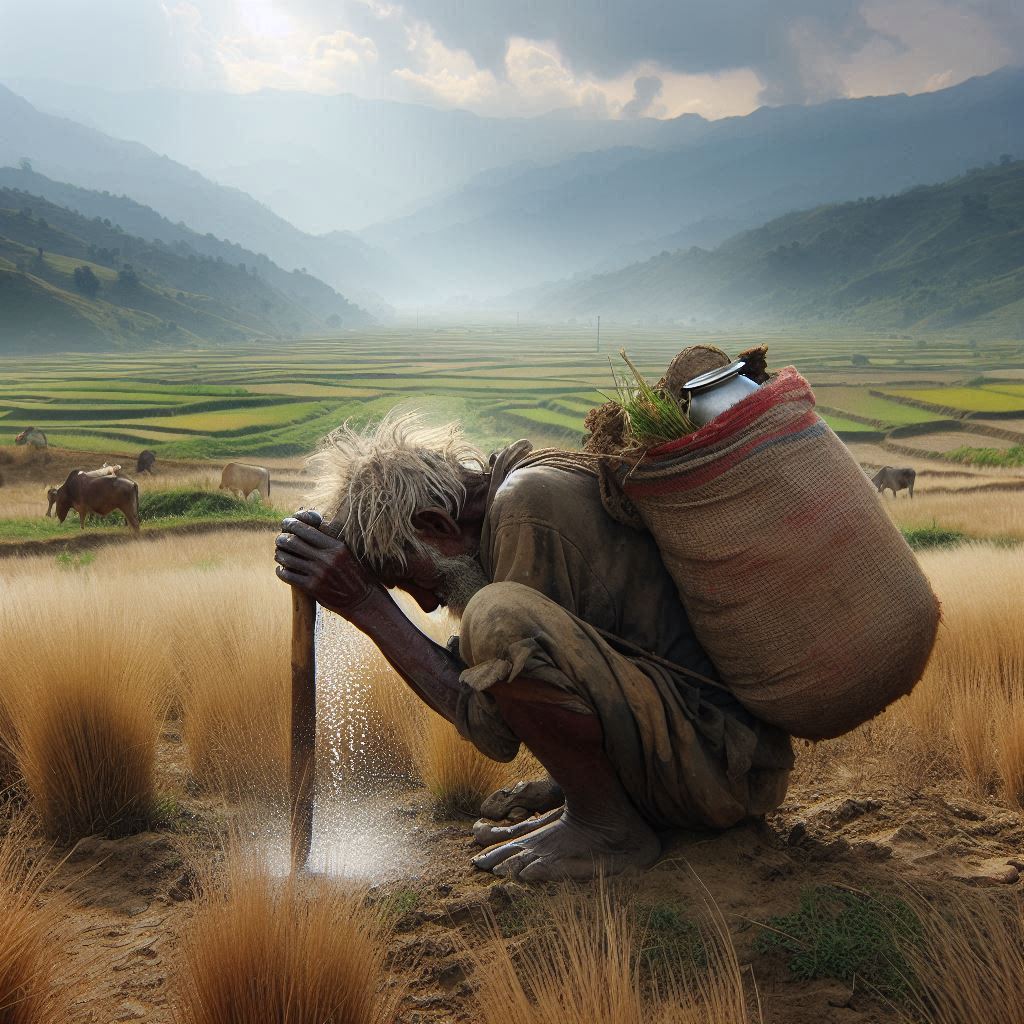Part I: Kamaiya, the servitude of the plains

A person who works hard is called Kamaiya in the Tharu language but in Nepali society, it is associated with servitude.
The story of Kamaiya is also associated with how foreign aid can contribute to damaging and harming the marginalized community.
Till the early 20th century, the people of the hills avoided remaining in Terai for long as they felt they would definitely die as people would suffer from aulo (malaria in Nepali).
The government was willing to provide free land to Indians and Nepalese who were willing to settle in the plains.
The Hilly people would migrate in winter to the plains and would leave the region in warmer seasons as the temperature got uncomfortable and they were at risk of dying due to malaria.
There was a popular assumption that the indigenous inhabitants of the plains in Nepal were immune to malaria.
As the local community could continue to survive in the plains as a result the local lords in Nepal as well as British regents relied on and even encouraged the Tharu community for cultivation and settlement. However, as the rulers were scared to live in Terai this provided a sense of autonomy of the people of the plains.
The Insect-Borne Disease Control Program, supported by the United States in 1954 was the foundation of changing the status quo and unilaterally empower the ruling class who would now feel safe to migrate in plains.
DDT (Dichlorodiphenyltrichloroethane) an insecticide used to control malarial parasites was even called Deadly Dose for Tharu, generally associated with Tharu losing their land rights but it should be noted that DDT was an extremely poisonous chemical that harmed human beings.
Kamaiya of Bardiya had already started a collective action in April 1951 known as Beluwa Movement popularized by the slogan “land to the tiller”, right after the popular democratic movement that had ended the 104 years of Rana oligarchy. This was crushed brutally by the police open firing at the crowd killing six people.
In an area where the rulers themselves were likely to be absent, it was difficult for the regime to be exploitative, but as they became present and held external legitimacy they were able to be more exploitative.
Kamaiya are people who were hired along with the family to borrow money to work in the field while the female known as Kamalari would work in the house as domestic help. These are not just held by rich and powerful people but also get trapped in slavery by the middle class for a meager sum of loans.
As women go to work as house help they also get sexually exploited by the men of the owning family.
In the Nepali month of Magh, Kamaiya it is argued they become free and get an opportunity to renew the contract for next year. As they do not hold land and are trapped in a loan, there is no other option than to renew the contract.
Around the period of political movements, Tharus were regularly activated such as in the case of the Sikainda Movement but as a punishment, their entire settlement was demolished in 1984 by using elephants and bulldozers.
Similarly Dalla Movement in 1985, Majhara Movement in 1993, Damauli Movement in 1998, Manau Movement in 1998, Kanara Movement in 1990.
A deeper story has to be discussed of the emancipation and narrative that echoes to this day.
Author
Kripendra Amatya
Editor
Dana Moyal Kolevzon, Director of International Relations, Nepa~laya Productions
Published Date
January 1, 1970



